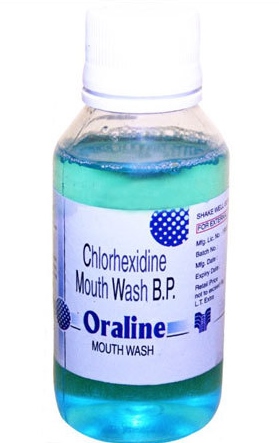PRINTED IN TCI WEEKLY NEWS
December 1st, 2012
 Anesthetic
Anesthetic
Local anesthetic causes a reversible loss of sensation, or numbing feeling and is administered by the dentist. Anesthetics are used for several different treatments including fillings, extractions, implant placement and when teeth are being prepared for crowns or bridges. A topical anesthetic may be used first with children or sensitive patients in the form of a gel that is applied to the gum and gives a mild numbing sensation. When the site is mildly numb the dentist will inject a stronger anesthetic into the gum around the site where the work will be performed. This might take several injections but usually after the first one or two the anesthetic is already taking effect and you may not feel the further injections as much or at all. Once the anesthetic has taken full effect the dental procedure can be carried out painlessly.
It is not unusual for the anesthetic to sometimes numb part of the tongue, lips and the skin around the mouth. This is not a problem and modern anesthetics wear off fairly rapidly once the treatment has finished with no long-term effects.
Anesthetics may contain adrenaline which is to keep the anesthetic in place for longer. Tell your dentist if you have any heart or blood pressure issues as this may influence which local anesthetic is used.
Anti-bacterial/ Antiseptic Mouth washes
I generally recommend mouthwash for one of three reasons: breath-freshness, cavity prevention/ sensitivity and gum infection.
For breath-freshness it is really down to personal choice in terms of which product you prefer for taste and smell, as no specific medical content or action is required. These can be bought over-the-counter from your pharmacist or grocery store with no need for a prescription. It is also personal preference whether you rinse before or after brushing. I would recommend a hydrogen peroxide based mouthwash as the foaming action helps to lift food debris from around the teeth. One ‘watch-out’, however, is to avoid mouthwash that is alcohol-based. These may give you the ‘burn’ that creates the feeling of cleaning the mouth but there is a recognized association between alcohol and mouth cancer.
For cavity prevention/ sensitivity I recommend a fluoride based mouth mouthwash which is again available over-the counter. Regular rinsing with a daily fluoride rinse is effective at preventing early decay from progressing further. Daily rinsing with a fluoride mouthwash has replaced the use of fluoride gels in a tray as it is far more effective to use a rinse on a daily basis than a fluoride treatment every 6-12 months.
For bacterial infection there is a specific mouthwash which I prescribe called chlorhexidine. This should be used twice a day until the bottle is empty. Although this mouthwash can be purchased over-the-counter from a pharmacy I do not recommend the repeated use with patients self-prescribing. This is because chlorhexidine is very effective at killing bacteria and overuse can upset the balance of the natural, healthy organisms in the mouth. This can result in oral thrush (a yeast infection) due to the over proliferation of Candida fungus which is found naturally the mouth. Prolonged use also often results in a brown surface stain appearing on the teeth.
In the next and final article in this series I will continue to look at drugs used in dental care.